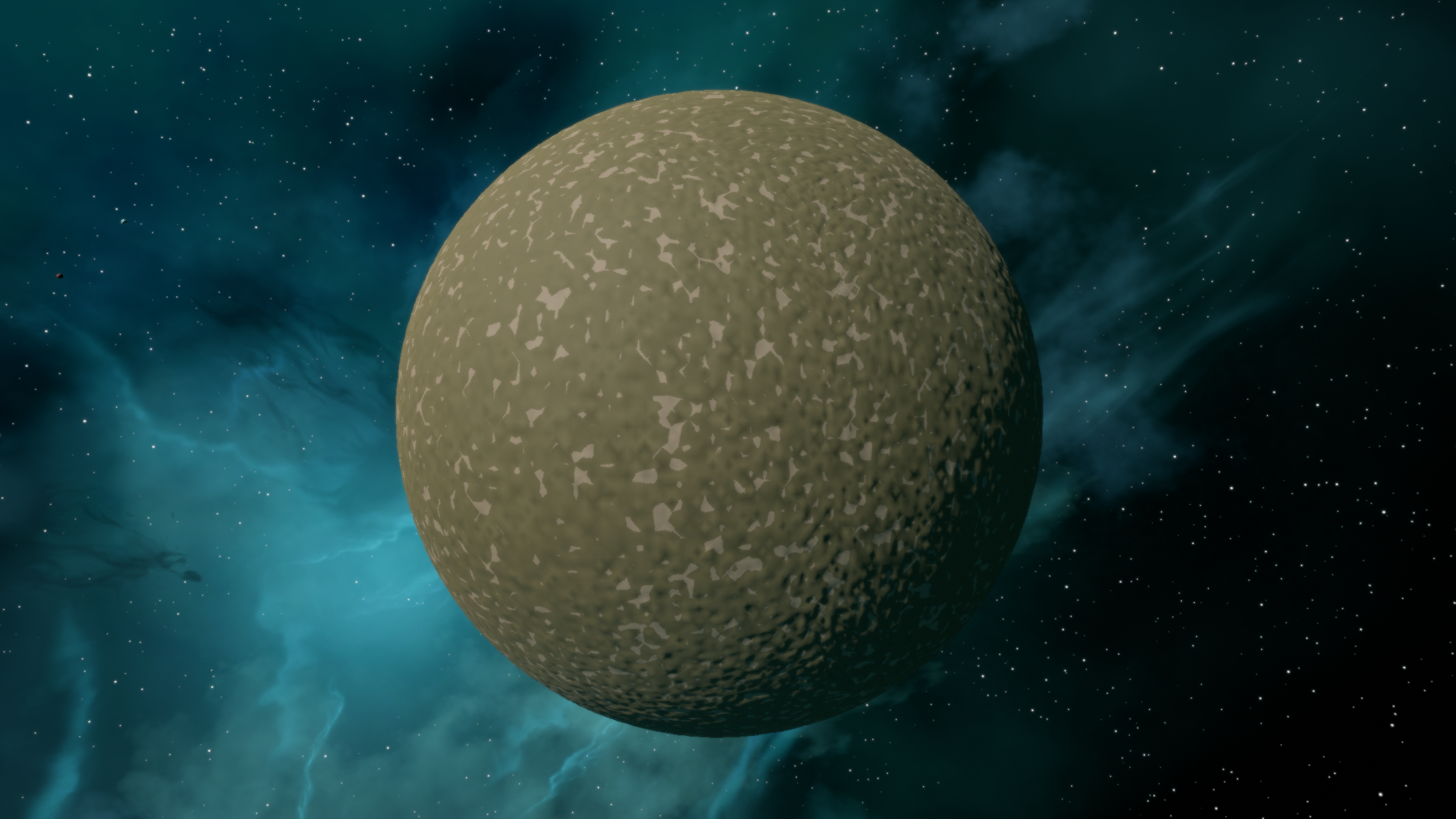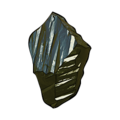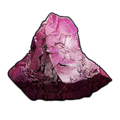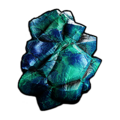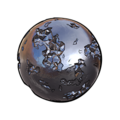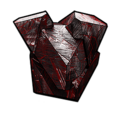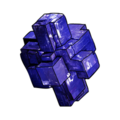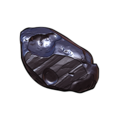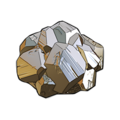Difference between revisions of "Skoria"
Jump to navigation
Jump to search
| Line 38: | Line 38: | ||
}} | }} | ||
}} | }} | ||
<section begin=summary/>'''Skōria''' ({{IPAc-en|ˈ|s| | <section begin=summary/>'''Skōria''' ({{IPAc-en|ˈ|s|k|ɒr|.|i||.|ʌ}}) is a subsatellite of [[Thalia]], and is part of the smallest class of objects in the [[Space|Eos sector]]. Like many subsatellites, it has a largely unremarkable surface of great plateaus and depressions, and no atmosphere to speak of.<section end=summary/> | ||
== Nomenclature == | == Nomenclature == | ||
From [[wikipedia:Ancient_Greek|Ancient Greek]], '''Skōria''' describes a type of cinder-like formation that occurs during the [[wikipedia:Explosive_eruption|explosion]] of a [[wikipedia:Volcano|volcano]]. It is a closely related to [[wikipedia:Pumice|pumice]], though characteristically distinct, and forms when [[wikipedia:Magma|magma]] is is sprayed into the atmosphere and cools rapidly. | From [[wikipedia:Ancient_Greek|Ancient Greek]], '''Skōria''' describes a type of cinder-like formation that occurs during the [[wikipedia:Explosive_eruption|explosion]] of a [[wikipedia:Volcano|volcano]]. It is a closely related to [[wikipedia:Pumice|pumice]], though characteristically distinct, and forms when [[wikipedia:Magma|magma]] is is sprayed into the atmosphere and cools rapidly. | ||
Revision as of 23:51, 1 July 2024
Skoria
Pronunciation/ˈskɒr.i.ʌ/
(Ancient Greek) - IPA(key)
(Ancient Greek) - IPA(key)
AliasesTephra
ClassificationSubmoon
Satellite ofThalia
Location1st moon of Thalia
Orbital Distance~ 700 km
Moon Characteristics
Volume2.68×105 km
Diameter80 km
Crust MaterialValkite
Surface Gravity0.45 G
Gravity Well16 km
Notable Minerals
Skōria (/ˈskɒr.i.ʌ/) is a subsatellite of Thalia, and is part of the smallest class of objects in the Eos sector. Like many subsatellites, it has a largely unremarkable surface of great plateaus and depressions, and no atmosphere to speak of.
Nomenclature
From Ancient Greek, Skōria describes a type of cinder-like formation that occurs during the explosion of a volcano. It is a closely related to pumice, though characteristically distinct, and forms when magma is is sprayed into the atmosphere and cools rapidly.
